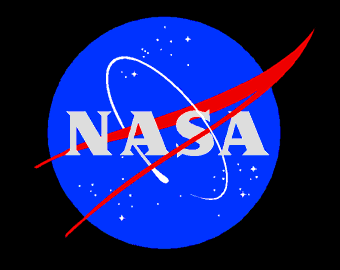Amazing New Mars Photos by Curiosity Rover (Mission Week 4)
 Amazing New Mars Photos by Curiosity Rover (Mission Week 4)
Amazing New Mars Photos by Curiosity Rover (Mission Week 4)
Curiosity Landing Site Panorama, with the Heights of Mount Sharp
08.27.2012
Landing Site Panorama, with the Heights of Mount Sharp
This color panorama shows a 360-degree view of the landing site of NASA’s Curiosity rover, including the highest part of Mount Sharp visible to the rover. That part of Mount Sharp is approximately 12 miles (20 kilometers) away from the rover.
The images were obtained by the rover’s 34-millimeter Mast Camera. The mosaic, which stretches about 29,000 pixels across by 7,000 pixels high, includes 130 images taken on Aug. 8 and an additional 10 images taken on Aug. 18. These images were shot before the camera was fully characterized.
Scientists enhanced the color in one version to show the Martian scene as it would appear under the lighting conditions we have on Earth, which helps in analyzing the terrain. A raw version is also available.
Image Credit: NASA/JPL-Caltech/MSSS
This is the raw version of the picture.
 Comments by Keith Patton · Old Dominion University
Comments by Keith Patton · Old Dominion University
In the original photo caption, they state that the color enhancement was to give them lighting similar to that found on earth as it makes interpretation easier. As a remote sensing geologist (satellite and aerial photo interpretation) one of the key things necessary for accurate interpretation from images is called ground truth and radiometric calibration. Ground truth is actually seeing the objects on the ground that you are seeing on the images so you KNOW what they look like in both places. Radiometric calibration is taking readings at the target area so you can remove atmospheric effects from the image or make other adjustments. The original caption in essence said that these images were taken before the camera was “calibrated”. They were probably taking sensor readings so that they could calibrate the images to Earth-like appearance, a matter of probably using an approximated light level similar to the same solar position and time as that on earth. It makes it easier for geologists and other scientists studying the photos, they don’t have to change the visual reference they have worked with their whole careers.
+ + +
Video: Mars rover Curiosity lands on Red Planet after ‘7 minutes of terror’
Mars in a Minute: How Hard Is It to Land Curiosity on Mars?


















